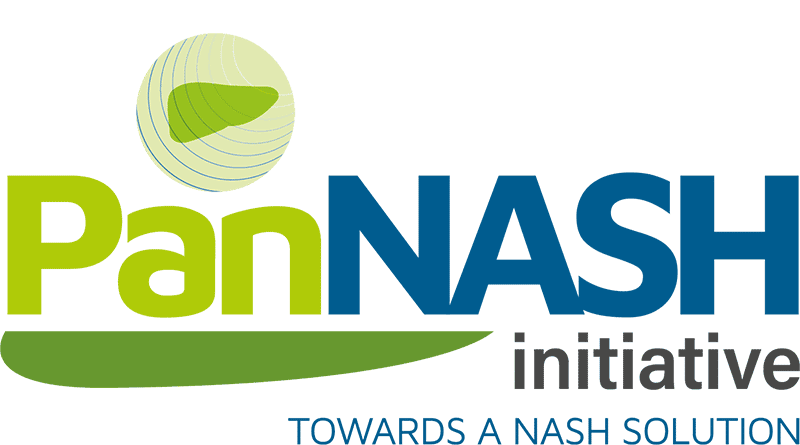NAFLD: Global and Regional Prevalence, Incidence, and Mortality Rates
Non-alcoholic fatty liver disease (NAFLD) is a major contributor to liver-related illnesses and fatalities worldwide. Its clearly established two-way connection with obesity, a significant public health issue showing increasing prevalence rates globally and regionally, necessitates comprehensive education focused on NAFLD and the implementation of worldwide policies to address it effectively.
